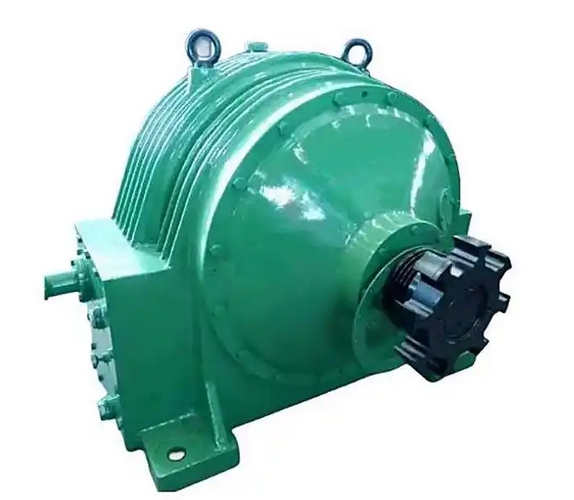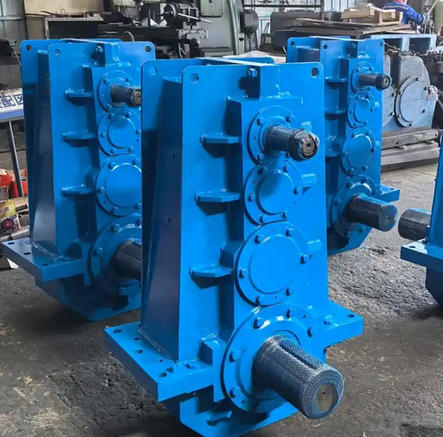What is the standard process for load testing of NGW102-16 planetary gear reducer
The load testing of planetary gear reducers usually has a common process and method. The following is the general standard process for load testing:1. Preparation before testing
Installation and debugging: Install the NGW102-16 planetary gear reducer correctly on the test bench, ensuring that the installation is firm and the connecting components are not loose. Adjust the coaxiality of the input shaft and output shaft to meet the equipment requirements.

Check lubrication: According to the instruction manual of the reducer, inject the specified model and quantity of lubricating oil, check whether the oil level is normal, and whether the oil circuit is unobstructed.
Connect measuring instruments: Install temperature sensors to measure the temperature of lubricating oil and bearings; Install vibration sensors to monitor the vibration of the gearbox during operation; Use a torque sensor to detect the actual torque of the output shaft; A tachometer can also be used to measure the rotational speed of the input shaft and output shaft.
2. No load test: Run the reducer in both directions for no less than 1 hour at rated speed. Check whether each connecting piece and fastener is loose, whether there is oil leakage or seepage at each sealing and joint, whether the operation is smooth without impact, and record the initial temperature of the bearings and oil pool.
3. Load loading test
Graded loading: After passing the no-load test, conduct a load test. At rated speed, slowly load the gearbox in four stages of 25%, 50%, 75%, and 100% of its rated load.
Determine operating time: The operating time for each level of load shall be based on the stable temperature rise of the lubricating oil and shall not be less than 2 hours. At the same time, after continuous operation for 3 hours, the oil temperature should not exceed 100 ℃. If the gearbox itself has a cooling system, the oil temperature should not exceed 90 ℃.
Data monitoring and recording: During each load stage of operation, continuously monitor and record data such as lubricating oil temperature, bearing temperature, effective vibration velocity, output shaft torque, speed, etc., observe the operating condition of the gearbox, such as whether there are abnormal noises, intensified vibrations, etc.
4. Check after testing
Appearance inspection: Check the surface of the reducer for oil leakage, component damage, and other issues.
Tooth surface inspection: Check the contact condition of the gear tooth surface. The contact point of the tooth surface should not be less than 60% of the tooth height and 70% of the tooth length. When the tooth length is not less than 70% and the gear works in both directions, the contact surfaces on both sides of the gear should be symmetrical with the center plane of the gear.
Bearing inspection: Check whether the clearance of the bearing meets the requirements, and whether the bearing has overheating, wear, and other phenomena.
5. Data organization and analysis: Based on the data recorded during the testing process, draw oil temperature time curves, vibration time curves, torque time curves, etc., analyze the performance of the gearbox under different loads, and determine whether it meets the design requirements and relevant standards.


